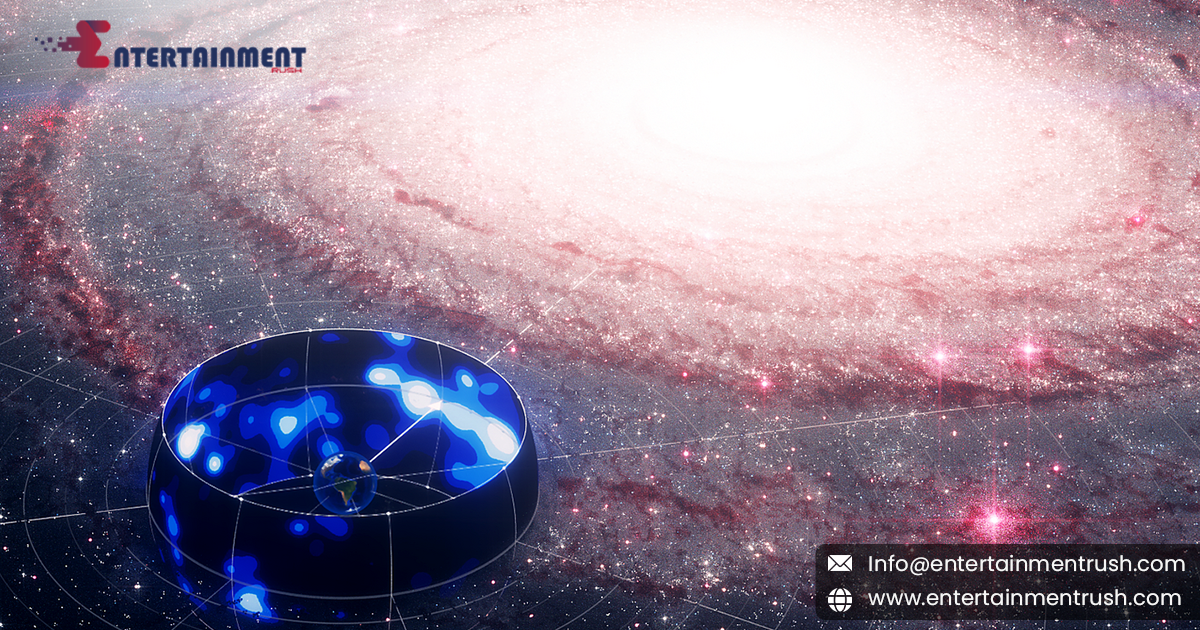The quest to understand the universe has led scientists to explore a variety of innovative methods and technologies. Among these, the idea of mining neutrinos to find cosmic answers has emerged as a fascinating and ambitious frontier in astrophysics. But can we really harness these elusive particles to unravel the mysteries of the cosmos? This blog delves into the concept of neutrino mining, its potential, and the challenges scientists face in using neutrinos to unlock cosmic secrets.
Understanding Neutrinos
Neutrinos are fundamental particles that are incredibly abundant in the universe. They are produced in vast numbers by the sun, stars, and other cosmic phenomena. Despite their abundance, neutrinos are notoriously difficult to detect because they interact very weakly with matter. This weak interaction allows them to pass through entire planets without being absorbed or deflected, making them both elusive and intriguing for researchers.
The Concept of Neutrino Mining
The idea of neutrino mining involves capturing and analyzing neutrinos to gain insights into cosmic events and phenomena. Given their origin in high-energy processes, neutrinos carry information about stellar explosions, black holes, and the early universe. By studying these particles, scientists hope to answer some of the universe’s most profound questions.
Unlocking Cosmic Secrets
Neutrinos can provide valuable information about processes that are otherwise invisible or difficult to observe. For instance, they can reveal details about supernovae, the fusion processes in stars, and the behavior of matter in extreme conditions. By mining neutrinos, researchers aim to gather data that could help us understand the formation of galaxies, the nature of dark matter, and the fundamental forces shaping the universe.
Technological Innovations
Neutrino mininatory in Antarctica. These detectors are designed to capture the rare interactions between neutrinos and matter, providing data for analysis. Innovations in detector technology and data analysisg requires advanced technology to detect and measure these particles. The current methods involve using large detectors located underground or in deep ice, such as the IceCube Neutrino Observ are crucial for advancing our ability to mine neutrinos effectively.
Challenges in Neutrino Mining
Detection Difficulties
One of the primary challenges in neutrino mining is the difficulty of detecting these particles. Neutrinos interact so weakly with matter that they often pass through detectors without leaving a trace. Researchers have to rely on indirect methods to detect neutrinos, such as observing the secondary particles produced when neutrinos interact with matter. This requires highly sensitive and large-scale detectors.
Data Interpretation
Even when neutrinos are detected, interpreting the data can be challenging. The signals from neutrino interactions are often faint and can be obscured by background noise. Advanced data processing techniques and sophisticated algorithms are necessary to distinguish meaningful signals from random noise and extract valuable information.
Cost and Infrastructure
Building and maintaining neutrino detectors is a costly and resource-intensive endeavor. The detectors need to be located in environments that shield them from cosmic rays and other background radiation, often requiring significant infrastructure and investment. Additionally, the research involves a multidisciplinary approach, combining physics, engineering, and computational sciences.
The Future of Neutrino Mining
Despite the challenges, neutrino mining holds great promise for advancing our understanding of the universe. As technology continues to improve, scientists are optimistic about making new discoveries and answering longstanding cosmic questions. Ongoing research and development in neutrino detection methods and data analysis are likely to enhance our ability to mine neutrinos effectively.
Expanding Knowledge
Future advancements in neutrino mining could lead to breakthroughs in our understanding of fundamental physics and the cosmos. By capturing more neutrinos and improving detection capabilities, researchers may uncover new insights into the nature of dark matter, the formation of galaxies, and the processes driving cosmic events.
Collaborative Efforts
The pursuit of neutrino mining is a collaborative effort involving researchers from around the world. International partnerships and shared resources play a crucial role in advancing the field. Collaborative projects and shared expertise are essential for overcoming the challenges and achieving significant progress in neutrino research.
Conclusion
The idea of mining neutrinos to find cosmic answers is an exciting and ambitious concept that reflects the innovative spirit of modern astrophysics. While significant challenges remain in detecting and interpreting these elusive particles, the potential rewards are substantial. By advancing our ability to mine neutrinos, scientists aim to unlock new dimensions of understanding about the universe, its origins, and its fundamental processes. As research continues and technology evolves, neutrino mining may become a key tool in the quest to unravel the mysteries of the cosmos.




Leave feedback about this